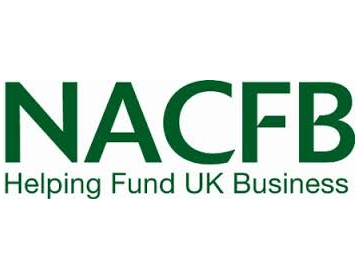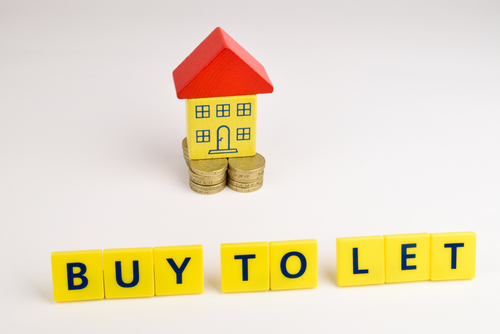
A regular financial resilience barometer from a leading consultancy shows that the debt position of the lowest fifth of earners has deteriorated since the pandemic, but improved for everyone else.
Hargreaves Lansdown says that since the onset of the pandemic, there has been a rise in debt arrears. The lowest earners are most likely to be in arrears - more than a quarter of them are behind on payments and they’ve seen their arrears increase at four times the average rate.
There has also been a rise in debt anxiety. Overall, 19 per cent of people have debt worries, but this rises to 37 per cent of the lowest earners.
It has fed into the growing resilience ‘gap’ between higher and lower earners, which has widened since 2019. Hargreaves Lansdown says that overall, financial resilience fell in 2023 after the cost of living increased 18.4 per cent in two years.
Sarah Coles, head of personal finance at the consultancy, says: “Life got harder in 2023, dealing a real blow to our financial resilience. The new edition of the HL Savings & Resilience Barometer found that overall resilience fell 0.5 points to 60.9 (out of 100). It’s still above pre-pandemic levels, but a third of the pandemic gain has been wiped out.
“Relentlessly rising prices for well over a year have taken a toll. It can be difficult to see the overall impact of rising prices when we look at today’s inflation figure. However, the Barometer shows the cost of living has increased 18.4 per cent in the past two years.
“This hasn’t been felt evenly across the income spectrum, so the resilience gap between higher and lower earners is widening. For higher earners, life has actually been getting easier. The highest fifth of earners have seen the proportion scoring ‘good’ or ‘great’ for overall financial resilience rise from 77 per cent in 2019 to 86 per cent at the end of 2023.
“Meanwhile, lower earners are still being clobbered by the cost-of-living crisis. The lowest fifth of earners with ‘good or ‘great’ scores fell from three to two per cent.”
Lower earners were less able to build up lockdown savings during the pandemic. They were also less likely to have investments or own property – both of which increased in value – so by the end of the peak of the pandemic they were worse off.
They were then hit harder by rises in the cost of the essentials – including a 23.9 per cent increase in the cost of food and non-alcoholic drink.
Coles says debt anxiety and arrears are a particular concern. More than a quarter of the lowest earners are in arrears, while 37 per cent have debt worries. The lowest fifth of earners have average debt repayments of £168 a month, compared to £141 among the second lowest fifth, and £315 among middle earners.
Overall resilience is expected to stay at the current level throughout 2024, as National Insurance cuts and lower inflation are offset by smaller wage rises and frozen tax thresholds. However, when it comes to National Insurance cuts, lower earners benefit less. Once you subtract extra tax caused by frozen thresholds from the National Insurance cuts, the average earner is £13 better off, and those on lower-than-average incomes will actually be worse off. It means the resilience gap could widen further.
Lower earners are also likely to suffer if there are no more cost-of-living payments announced after the last one in February 2024. These have gone to lower earners and retired people and made a significant difference in boosting their resilience. It means there is a risk they will continue to turn to debt to make ends meet, and more people will fall into arrears as they can’t afford their debt repayments.























Join the conversation
Be the first to comment (please use the comment box below)
Please login to comment